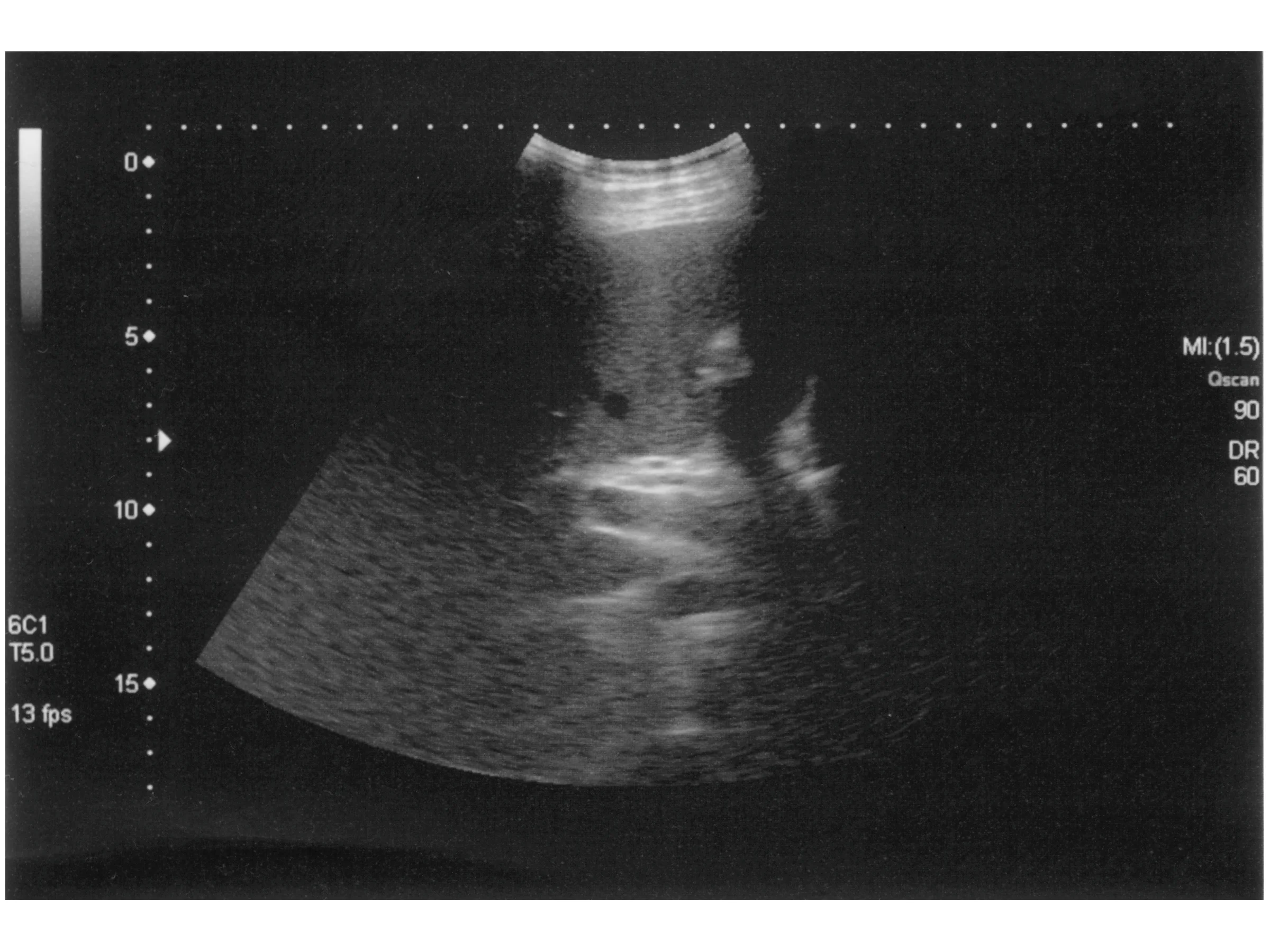Some Fizzy Facts About Carbonated Water
/Has there ever been so much fear, uncertainty and doubt about something filled with so many bubbles? Carbonated water has been accused of turning drinkers acidic, leeching the enamel off their teeth, and eroding their bodies from the inside out.
It's not that it's some miracle elixir – it's only bubbly water, after all – but neither is it going to send your health into a tailspin, either.
First of all, don't confuse the many varieties. Carbonated water is just regular H20 shot through with carbon dioxide. In and of itself, the process does not add any sugar, sodium, caffeine or calories. However, different brands may add their own “secret sauce” to the mix, which may include small amounts of artificial flavoring, salt and other minerals.
Tonic water, used most commonly as a mixer in adult beverages, is carbonated water that contains quinine, a bitter alkaloid once used to treat malaria.
The so-called “natural sparkling mineral waters” such as Perrier and San Pellegrino may be “naturally sparkling,” but they will be re-injected with carbon dioxide before they make it to the supermarket shelf. They will also contain a variety of minerals naturally occurring in the springs of their namesake. Will these kill you? No. But neither are they the Elixirs of Life their proponents and marketing teams espouse them to be.
If you are a purist and want your carbonated water with nothing added except carbon dioxide, seek out seltzer – you know, the stuff The Three Stooges would spray down everyone's pants at fancy parties. It is available in most every grocery store. The soda guns used by your friendly corner bartender also produce pure seltzer.
Because water and carbon dioxide combine chemically to create carbonic acid, sparkling water is slightly acidic (3 to 4 on the pH scale). However, your grandmother's fears that it will “turn your body acidic” did not take into account the outstanding job that your kidneys and lungs do at removing excess CO2 from your bloodstream. These organs keep your body at a slightly alkaline pH of 7.35 to 7.45 no matter what you eat or drink. Carbonated cola drinks are a different matter, however. The phosphorus they contain can significantly lower your bone density, but the carbonation is not to blame.
Another of your grandma's fears was that carbonated water would “rot your teeth.” The science to which she was alluding has to do with the effect of acids on your teeth's enamel. The truth, according to scientific research, is that sparkling water is only slightly more damaging to your teeth than pure water. Sparkling sugar water – soda pop – on the other hand, is 100 times more damaging than carbonated water alone.
On the up side, carbonated water has been shown to improve the swallowing ability in both young and older adults. It stimulates the nerves responsible for the swallowing function, especially when it is served cold. It can also improve satiety – the feeling of “being full” after a meal – and so contribute to you eating less. One study on the effects of carbonated water on older women showed how drinking 1 liter of sodium-rich sparkling water for 8 weeks led to better calcium retention and no negative effects on bone health, compared to drinking just plain mineral water.
So enjoy your seltzer, preferably not down your pants. It won't erode you from the inside out, and you may even enjoy a few healthy benefits from it.
























































































